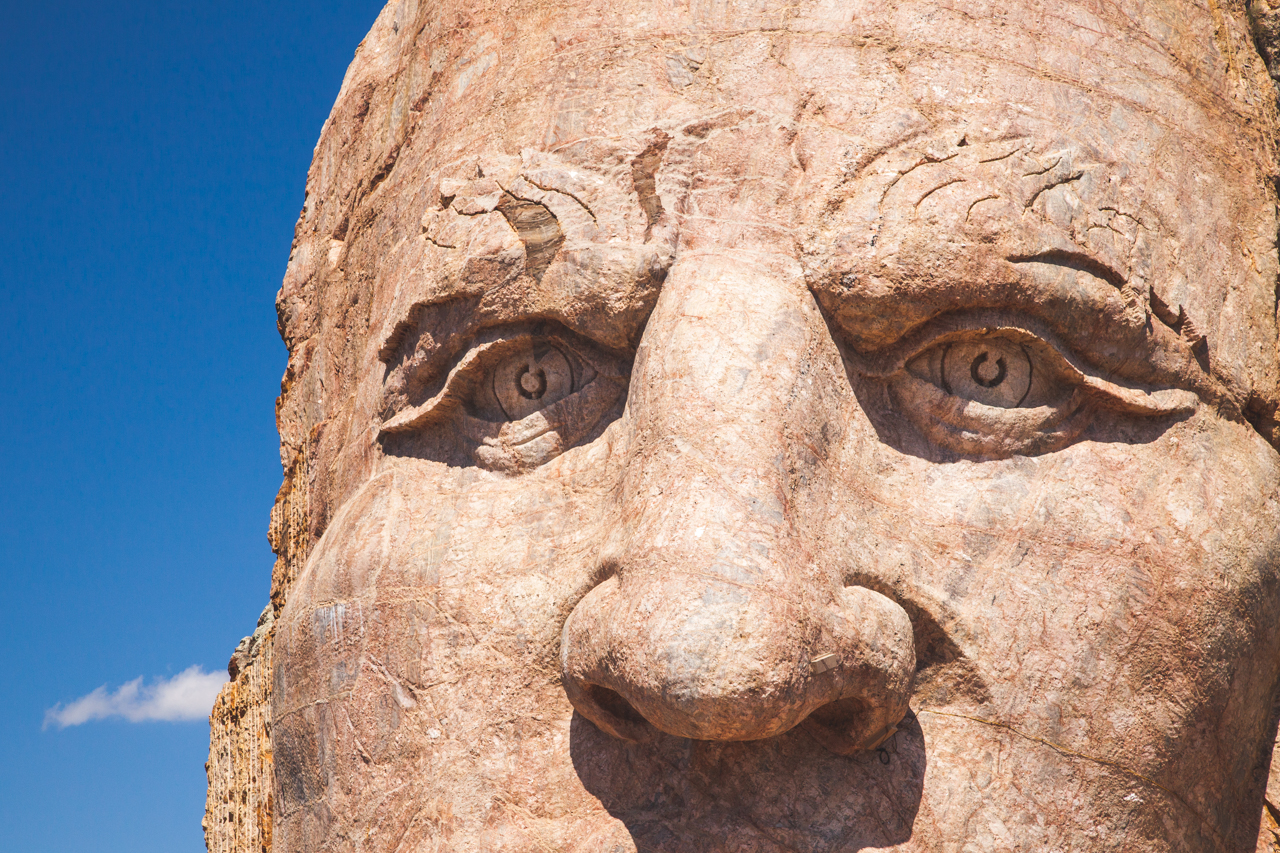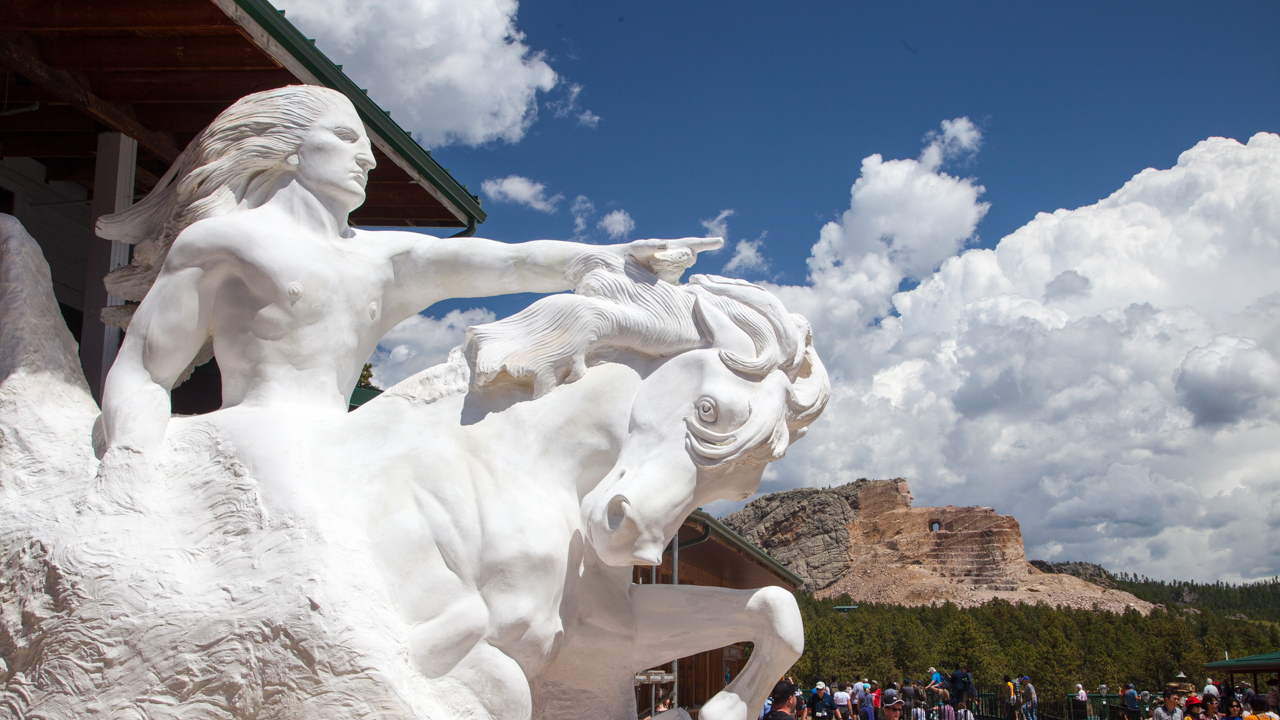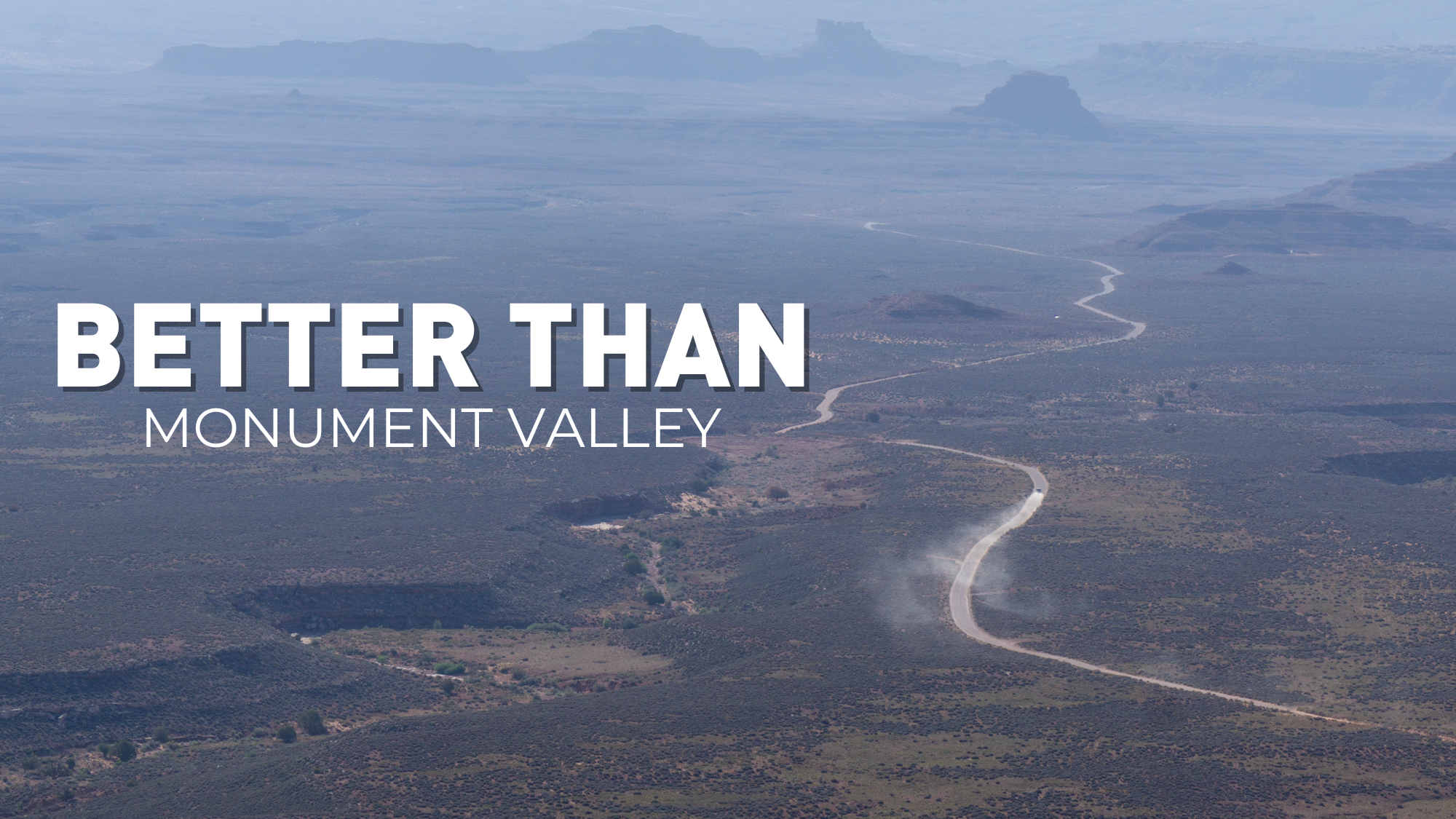Crazy Horse…a Crazy Monument Indeed
During our time in South Dakota, we were able to explore some areas more than others. The Crazy Horse Memorial was an area that we got the opportunity to explore and we are so glad that we did.
What is the Crazy Horse Memorial?
The Crazy Horse Memorial is an ongoing sculpture, the largest in the world, that began in 1948 to honor Sioux legend and hero “Curly” Crazy Horse. The project, a massive stone sculpture depicting Crazy Horse atop his steed facing East, dominates the hillside of the Black Hills North of Custer, South Dakota very similarly to Mount Rushmore National Monument nearby. Once completed, the monument will stand over 600 feet long and over 500 feet tall, making it the largest sculpture in the world by far. You will be able to fit Mount Rushmore inside of it with room to spare!
Work began in 1948 by sculptor Korczak Ziolkowski and even though Ziolkowski passed away in 1982, work has picked up in recent recent years with support from the non-profit organization Crazy Horse Memorial Foundation. The foundations is a registered non-profit 501(c)3 organization that manages the monument as well as the The Indian University of North America and The Native American Educational and Cultural Center whose vision is to educate tribal youth and the public at large on the history of the Black Hills and Native Americans in general. To read more about the educational efforts taking place please visit the websites for both organizations at https://crazyhorsememorial.org/dream.
Fun Fact- Crazy Horse is historically understood to have never had his photo taken, which might make carving a giant sculpture of his head a matter of interpretation.
Who was Crazy Horse and Why Does He Get a Monument?

Crazy Horse was a famous Oglala Sioux warrior most known for his part in defeating General George Custer at the Battle of Little Big Horn. Curly led a fascinating life of pushing the tribal status quo in an effort to protect his homeland from encroaching white interests under the guise of manifest destiny.
The Black Hills in Western South Dakota were designated by the U.S. Government as Sioux land in the Treaty of Laramie in 1851. As long as the native population allowed safe passage of travelers on the Oregon and Bozeman Trails, the land would remain theirs and protected from interference from whites. As is the case with nearly every treaty signed during the plains wars, the US did not keep its side of the bargain and sought gold interests in the Black Hills, despite its sovereign status.
Crazy Horse fought the encroaching whites for most of his life as needed to protect his tribe. Crazy Horse went to battle under Oglala Chief Red Cloud from 1865-1868 and served as a decoy in the Battle of the Hundred In The Hands where 81 U.S. soldiers were defeated in an ambush in 1866. Crazy Horse is perhaps most known for his bravery and fighting skill in the Battle of Little Big Horn in 1876. Crazy Horse led a group of troops to flank famous U.S. General George Custer. Custer was unable to secure high-ground and was cut-down by Crazy Horse and his troops when it is reported that Custer fired his last shot.

To learn more about the relationship and similarities between Custer and Crazy Horse, check out the Stephen Ambrose book, Crazy Horse and Custer: The Parellel Lives of Two American Warriors. Ambrose is the award-winning author of Band of Brothers and provides an unbiased account of the converging lives of Custer and Crazy Horse throughout the 1800’s.
Crazy Horse was one of the last of the Indians to be arrested after most of his land and nearly all of the wildlife had been removed from the area surrounding the Black Hills. Crazy Horse was lied to repeatedly as a captive and was eventually run through with a bayonet in a jail-cell struggle. Crazy Horse embodied bravery and courage and generations will look to his memorial for centuries and remember his fight for freedom.
How Can I See the Crazy Horse Memorial?
The Crazy Horse sculpture is massive and beautiful and arguably the best way to see the monument up-close is to participate in the semi-annual two-day event called Volksmarch. The Volksmarch is a semi-annual hiking event hosted by the American Volkssport Association (AVA) that takes place in the Spring (June 1-2) and the Fall (September 29th). Thousands of hikers flock to the monument to participate in one of the largest volksmarches in the world and it is truly a sight to see. We don’t normally enjoy hiking with a large number of people, but the crowds at Crazy Horse are manageable and not annoying in the way that National Parks can be.

Admission to the Volksmarch is 3-4 non-perishable canned goods per hiker, as a donation to the local food bank and a $3 hiking fee paid to the AVA Black Hills chapter. Both donations are small and help these organizations in a HUGE way, so we were happy to donate. Don’t pack any water and instead bring some cash in small bills to purchase water, gatorade and snacks from the various organizations fundraising at the 4 checkpoints along the way. The Boy Scouts were marking our tickets and selling goodies and the Custer High School Volleyball team was taking our money for delicious baked goods and gatorade just before the top of the monument.
Thanks for reading our blog post, it truly means a lot! There are affiliate links in this article that if you click on them, it doesn’t cost you any more and Amazon will send a portion of your purchase amount to us as a commission. Thanks for helping to keep us on the road!
As always if you haven’t seen our YouTube channel or Instagram page, head over and give us a follow and subscribe!



